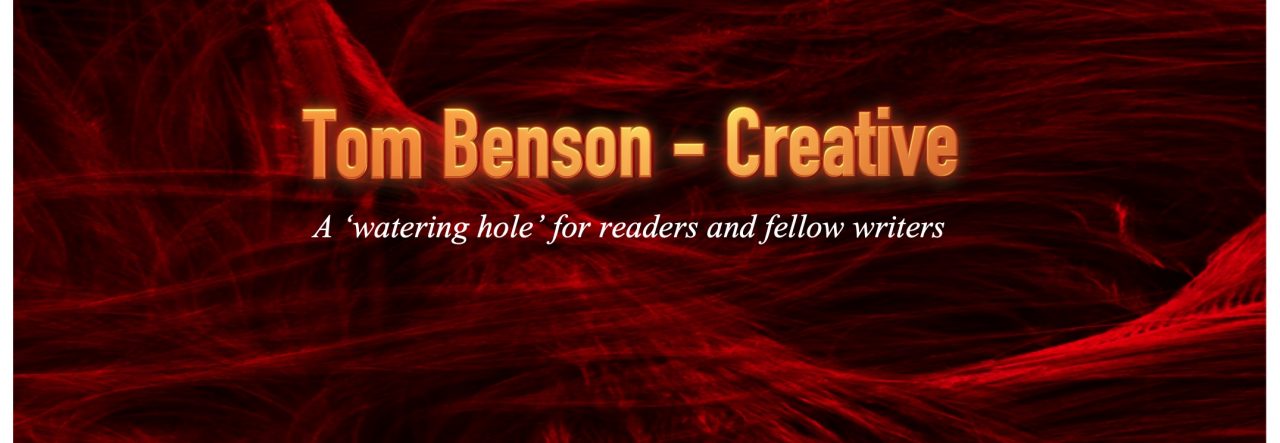My original intention was to write Constance as a sequel, following on from the main character’s partnership formed with Jason in Crusader. I next considered Constance as a prequel, but the story will now be a standalone.
Not fully conversant with the differences?
A sequel is usually produced after the first story, film or whatever. A prequel is produced after the existing story, (in this case, Crusader), but the new tale is written about a prior time period. A standalone, unsurprisingly, may or may not be connected to another story, but can be read independently.
Why have I opted for individual stories instead of creating a mini-series?
My intention had been to reveal Constance using flashbacks, conversation, documents, media, events, and suchlike. Instead, the story will introduce the character before she meets Jason, aka Crusader.
The Constance character is firmly established in my mind, so I know her back story, and how she interacts with others. My aim is to highlight Constance as an individual, although at some stage the tale will blend with the original. Her story will not end when she meets Jason; it will continue, featuring the crime-fighting heroine in her own right.
Fans of the ‘Beyond The Law‘, or ‘Codename‘ stories will be pleased to learn that well-loved characters will make a cameo appearance.
When I have a clear idea of a time-frame for beta reading, final edits, and publishing, I’ll give everyone a heads-up with a post here.
For those who are interested, Crusader is selling regularly, although thanks to Amazon’s restrictive practises regarding reviews, it doesn’t look that way. The book recently won a gold award in the Thriller/Horror category in the Connections eMagazine, and a bronze award for cover design. Needless to say I was delighted with such recognition, and publicity.
As always, thank you for comments, suggestions, and dropping by.
***







